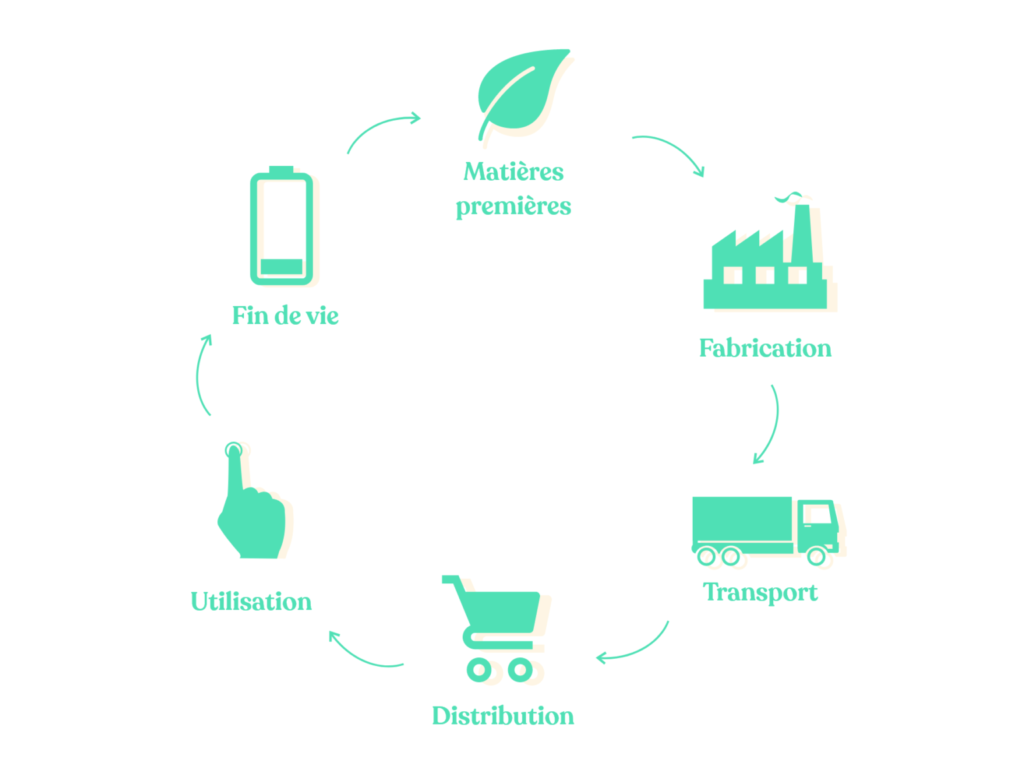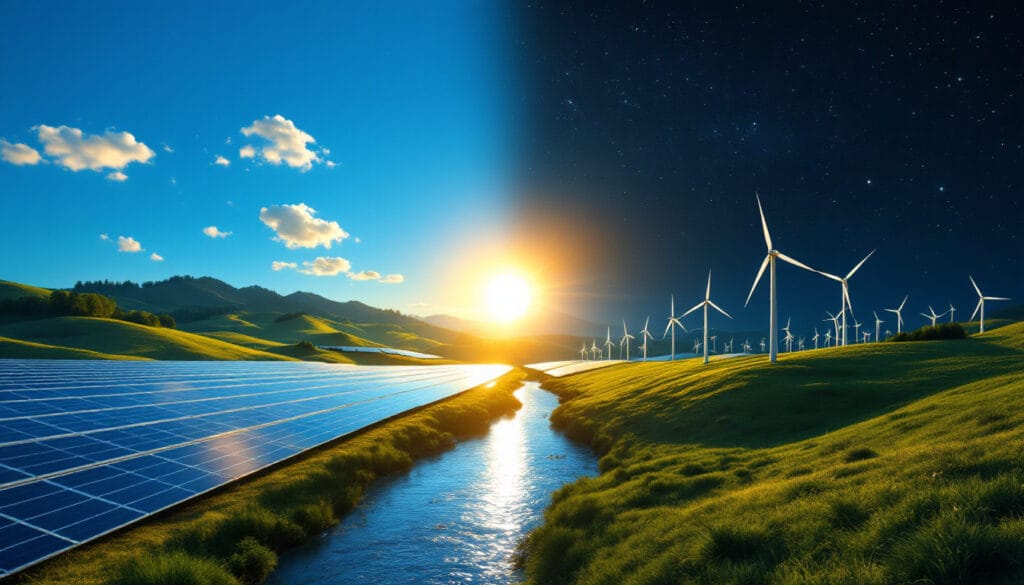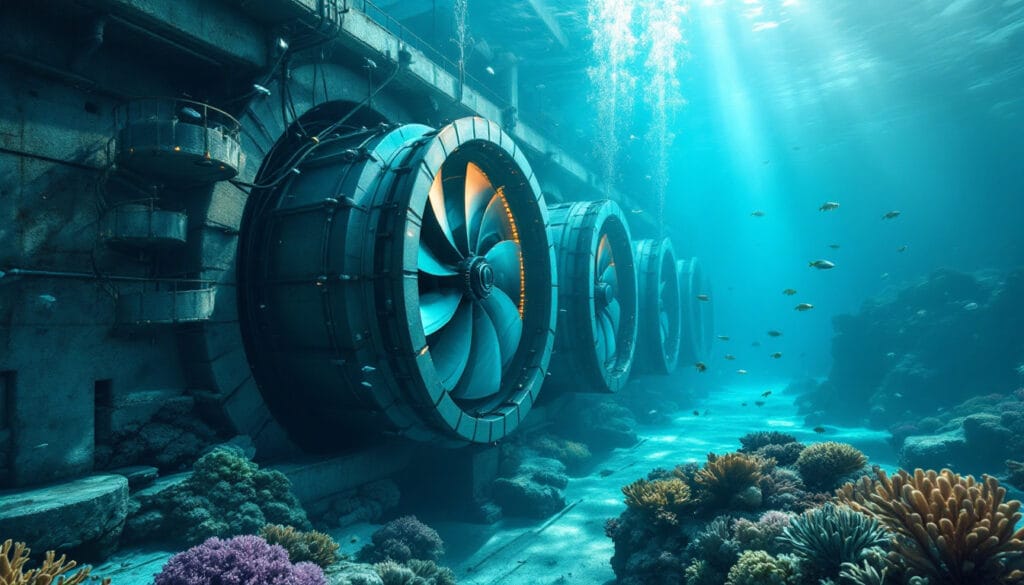Eco-design proves to be a real asset in building a future that is more respectful of our planet. Integrated within companies, this approach promotes the reduction of the ecological footprint at every stage of the product life cycle. From material selection to distribution, eco-design is committed to optimizing resources by combining innovation and sustainability. Through a proactive approach, it enables companies to make informed decisions to minimize their environmental impacts while preserving our ecosystem. It opens up unprecedented perspectives for more responsible and harmonious management, placing environmental commitment at the heart of strategy.
Eco-design is an innovative and beneficial practice that integrates sustainable development from the very first stages of product creation. This approach aims to reduce the environmental footprint throughout the entire life cycle of a product, from raw material extraction to end of life. By adopting a 360-degree vision, it allows for the design of products that are more environmentally friendly while maintaining their functionality and competitiveness.
One of the great advantages of eco-design is that it not only reduces negative impacts on the environment but also encourages more responsible use of natural resources. By integrating renewable materials, improving energy efficiency during manufacturing, and ensuring optimized distribution, companies can design products that are not only innovative but also sustainable.
The importance of eco-design is also reflected in its key role in the continuous improvement of products and services. In this context, an eco-designed product is constantly evaluated and compared against previous versions or other similar products, in a process of continuous optimization. This involves a proactive commitment from companies to minimize the resources used and maximize their positive impact.
For companies, eco-design represents a strong commitment to the environment. Implementing this concept requires a transition to more responsible methods and a change of mindset regarding traditional industrial practices. The associated benefits range from cost reduction, through better resource use efficiency, to an enhanced brand image, and even an increase in sales due to a growing demand for environmentally friendly products.
In the contemporary landscape, eco-design plays a crucial role in the transition to a greener and more sustainable economy. It is also becoming a key issue in various sectors such as sustainable architecture, where pioneers like William McDonough have shown the way. Projects such as eco-sites are emerging, reflecting the growing popularity of these practices.
Finally, eco-design is an inclusive approach that is accessible to any company. Whether in design, IT, or heavy industry, it offers solutions for any organization wishing to adopt an environmentally respectful approach. Ultimately, it is an opportunity to reinvent ways of doing things while ensuring that future generations enjoy a healthy and sustainable environment.

FAQ: Eco-design and Environmental Commitment
Q: What is eco-design?
A: Eco-design is an innovative approach that involves integrating the principles of sustainable development at all stages of a product’s life cycle, from its design to its disposal.
Q: How can eco-design be implemented in businesses?
A: Companies can implement eco-design by adopting a proactive approach aimed at minimizing the environmental footprint of products and services, taking potential environmental impacts into account from the outset.
Q: What are the benefits of eco-design for businesses?
A: Eco-design allows companies to reduce environmental impacts at every stage of a product’s life cycle, which can lead to improved brand image and financial savings in the long term.
Q: What are the main challenges of eco-design?
A: The challenges of eco-design include reducing the carbon footprint, responsible use of natural resources, and promoting innovations that facilitate more sustainable consumption.
Q: Is eco-design accessible to all businesses?
A: Yes, eco-design is accessible to all businesses, whether small or large, and it represents a strong commitment to the environment and sustainable development.
Articles similaires
Thank you!
We will contact you soon.













